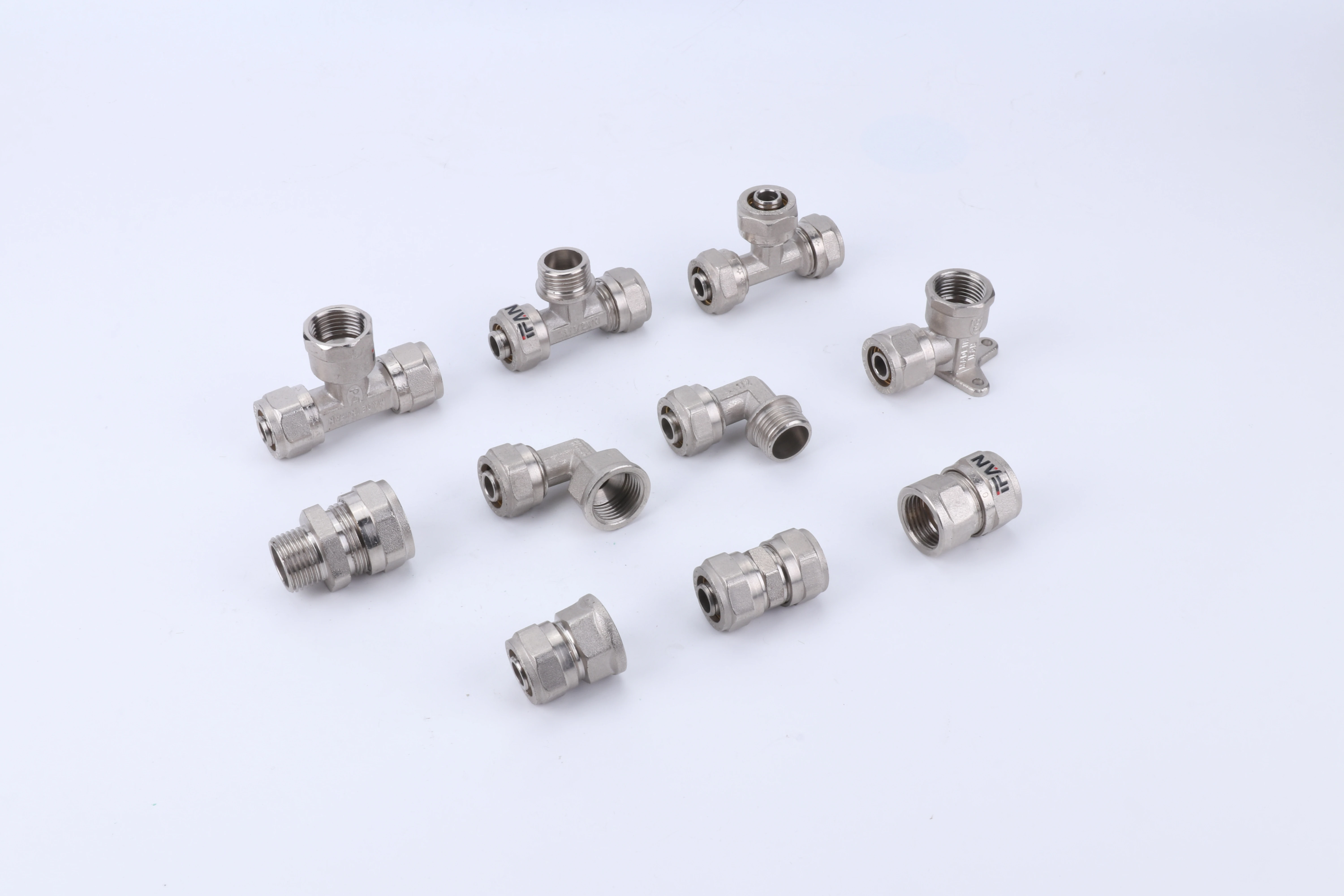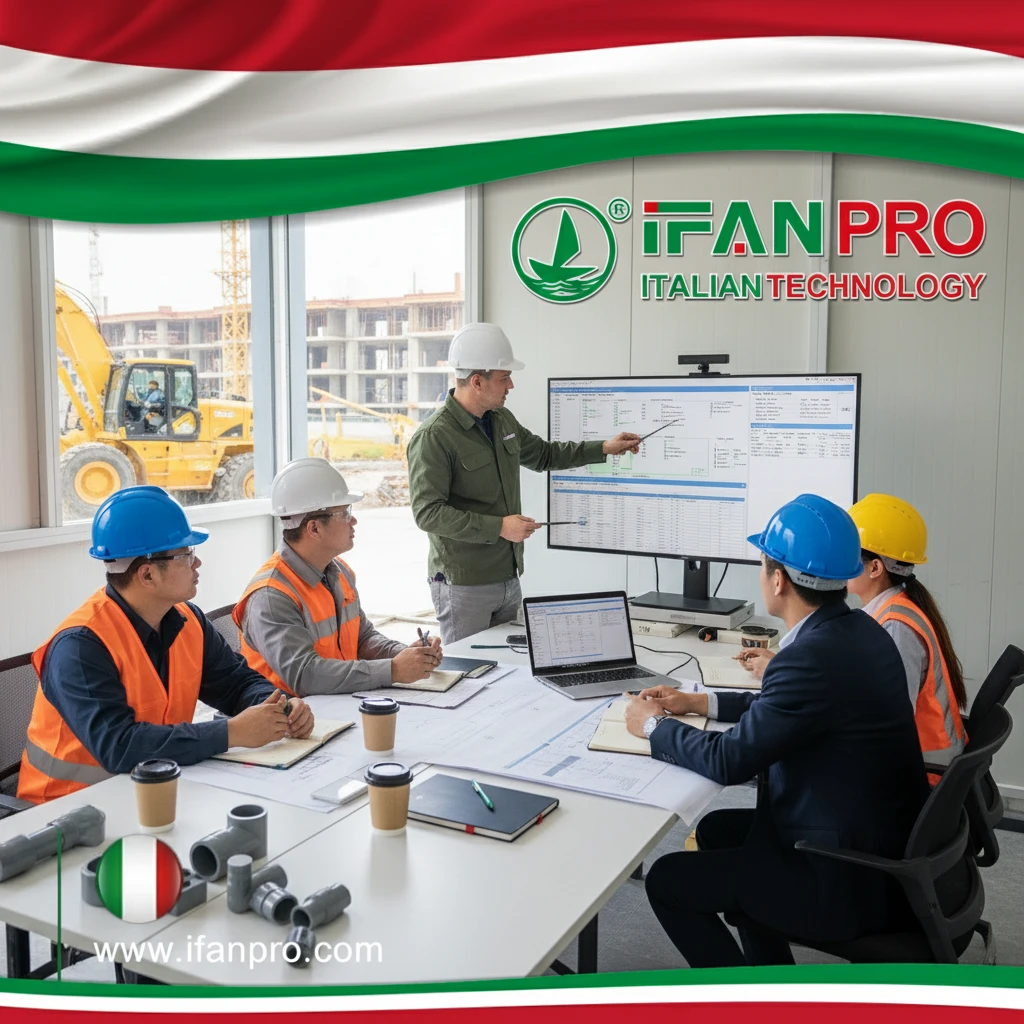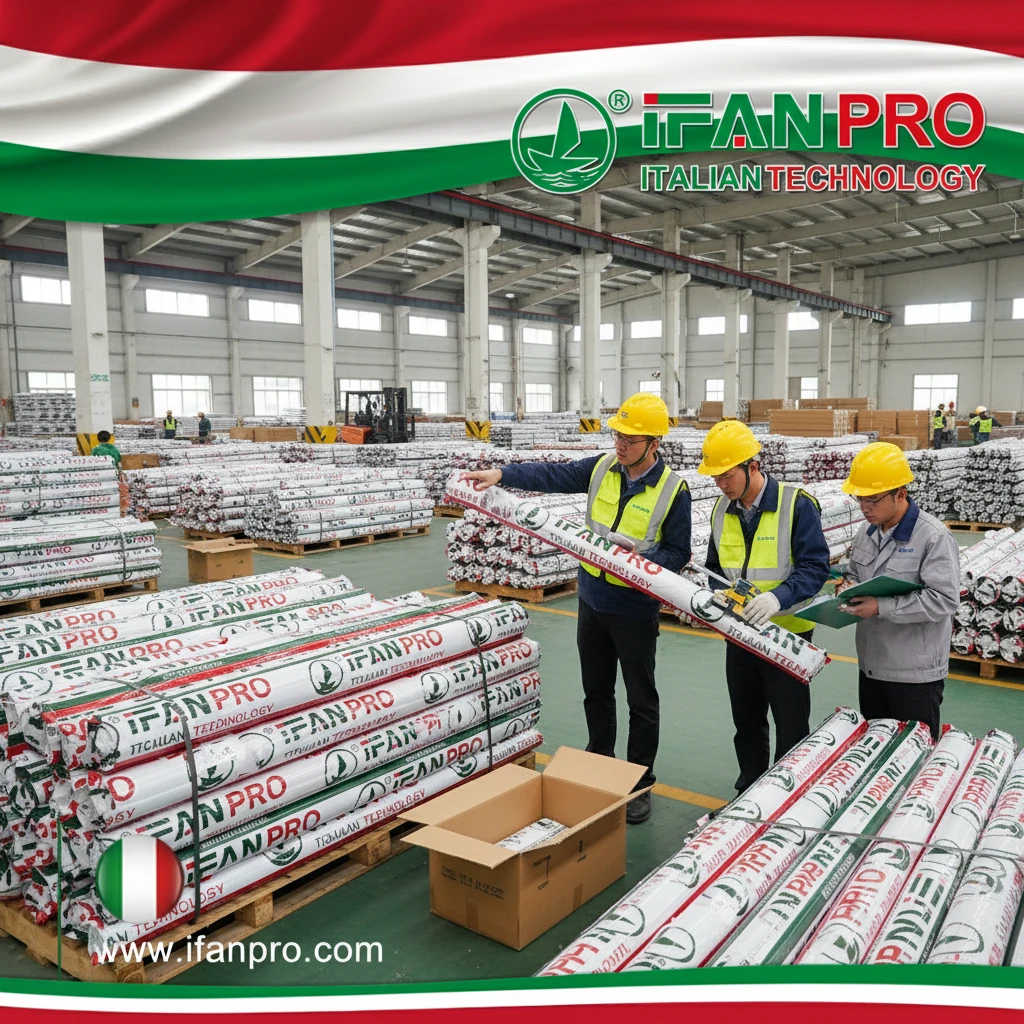During a industrial heating system installation, I witnessed copper sleeves fail catastrophically when exposed to temperatures beyond their rating. The resulting system shutdown and repairs cost the client thousands of dollars and taught me to always verify temperature limits before specifying copper components.
Copper sleeves can safely handle temperatures up to 400°F (204°C) in most applications, but their mechanical strength decreases significantly above 250°F (121°C). The maximum service temperature depends on the specific copper alloy, with C12200 (DHP copper) typically offering the best high-temperature performance among commonly available sleeve materials.
Understanding copper’s behavior under heat is crucial for selecting the right materials and ensuring system safety. Let’s examine the temperature limitations and performance characteristics that define copper sleeve applications.
What Is the Maximum Temperature Limit for Copper Sleeve Applications?

I recently consulted on a solar thermal project where copper sleeves failed prematurely because the design team misunderstood the difference between intermittent and continuous temperature ratings. This experience highlighted how critical proper temperature specification is for long-term reliability.
The absolute maximum temperature for copper sleeves is 400°F (204°C) for short-term exposure, but continuous service should not exceed 250°F (121°C) for mechanical connections or 350°F (177°C) for brazed joints. These limits ensure maintained mechanical strength and prevent annealing that permanently softens the copper material.
Temperature Rating Specifications
Different applications require varying temperature considerations:
Continuous Service Ratings
For plumbing and HVAC applications, copper sleeves have specific continuous temperature limits:
- Domestic Water Systems: 140°F (60°C) maximum per code requirements
- Heating Systems: 180°F (82°C) for hydronic heating applications
- Industrial Processes: 250°F (121°C) maximum for mechanical connections
- Brazed Assemblies: 350°F (177°C) where joints use silver brazing alloys
Short-Term Exposure Limits
Copper can withstand higher temperatures briefly:
- Intermittent Service: 400°F (204°C) for periods under 4 hours
- Emergency Conditions: 500°F (260°C) for less than 30 minutes
- Brazing Temperatures: 1,100-1,500°F (593-816°C) during joint fabrication
Application-Specific Temperature Guidelines
Different industries impose specific temperature restrictions:
| Application | Maximum Temperature | Governing Standard | Rationale |
|---|---|---|---|
| Residential Plumbing | 140°F (60°C) | UPC/IPC | Safety and energy efficiency |
| Commercial HVAC | 250°F (121°C) | ASME B31.9 | Mechanical integrity |
| Industrial Process | 350°F (177°C) | ASME B31.3 | Pressure retention |
| Solar Thermal | 300°F (149°C) | SRCC | Stagnation protection |
How Does Heat Affect Copper’s Mechanical Strength and Pressure Capacity?
When testing a failed copper sleeve from a boiler system, we discovered it had lost 60% of its tensile strength due to prolonged exposure to 300°F temperatures. This finding explained why the sleeve deformed under normal operating pressure.
Copper loses approximately 50% of its mechanical strength between room temperature and 400°F (204°C), with the most significant decline occurring above 300°F (149°C). The pressure rating decreases proportionally, requiring derating of at least 25% for systems operating above 150°F (66°C) to maintain safety margins.
Mechanical Property Degradation
Copper’s key properties change with temperature:
Tensile Strength Reduction
- 70°F (21°C): 32,000 PSI (typical for C12200 copper)
- 212°F (100°C): 28,000 PSI (12.5% reduction)
- 300°F (149°C): 22,000 PSI (31% reduction)
- 400°F (204°C): 16,000 PSI (50% reduction)
Yield Strength Decline
- 70°F (21°C): 10,000 PSI (typical)
- 212°F (100°C): 8,500 PSI (15% reduction)
- 300°F (149°C): 6,500 PSI (35% reduction)
- 400°F (204°C): 4,500 PSI (55% reduction)
Pressure Rating Adjustments
Temperature directly affects pressure capacity:
Derating Requirements
Copper sleeve pressure ratings must be reduced as temperature increases:
- Up to 100°F (38°C): 100% of rated pressure
- 150°F (66°C): 75% of rated pressure
- 200°F (93°C): 60% of rated pressure
- 250°F (121°C): 50% of rated pressure
Practical Implications
A copper sleeve rated for 500 PSI at room temperature can only safely handle:
- 375 PSI at 150°F (66°C)
- 300 PSI at 200°F (93°C)
- 250 PSI at 250°F (121°C)
What Industry Standards Govern Copper Sleeve Performance in High-Temperature Environments
After a copper sleeve failure led to an insurance claim, I spent weeks researching how different standards applied to the specific application. This investigation revealed significant gaps in how manufacturers communicate temperature limitations to installers.
ASTM B88 governs copper tubing specifications including temperature ratings, while ASME B31.1 and B31.9 define pressure-temperature ratings for power and building services piping. Additionally, NSF/ANSI 61 restricts copper use in potable water systems to 180°F (82°C) maximum for safety reasons.
Key Governing Standards
Major standards specify copper temperature limitations:
ASTM Standards (Material Specifications)
- ASTM B88: Seamless Copper Water Tube – Defines mechanical properties
- ASTM B75: Seamless Copper Tube – General requirements
- ASTM B280: Seamless Copper Tube for ACR – Refrigeration applications
ASME Pressure Piping Codes
- ASME B31.1: Power Piping – Up to 400°F (204°C) with derating
- ASME B31.9: Building Services Piping – Up to 350°F (177°C)
- ASME B31.3: Process Piping – Up to 450°F (232°C) with limitations
International Standards
- ISO 13359: Installation of copper systems
- EN 1057: Copper and copper alloys – European standards
- JIS H3300: Copper and copper alloy tubes – Japanese standards
Compliance and Certification Requirements
Meeting standards requires specific testing:
Material Certification
- Mill test reports verifying alloy composition
- Temperature-specific mechanical testing
- Annealing condition documentation
- Traceability to heat or lot numbers
Performance Testing
- Sustained pressure testing at elevated temperatures
- Thermal cycle testing
- Creep resistance verification
- Oxidation resistance measurements
When Should You Consider Stainless Steel Instead of Copper for High-Temperature Applications?
We replaced copper sleeves with stainless steel in a commercial kitchen steam line after repeated failures. The stainless steel solution lasted seven years without issues, demonstrating how material selection should drive high-temperature applications rather than initial cost considerations.
Switch to stainless steel when temperatures exceed 400°F (204°C) continuously, when thermal cycling causes fatigue failures in copper, when corrosion risks increase at high temperatures, or when mechanical strength must be maintained above 300°F (149°C). Stainless steel provides superior performance despite higher initial cost.
Material Selection Guidelines
Specific scenarios favor stainless steel:
Temperature-Based Selection
- Below 250°F (121°C): Copper typically more economical
- 250-400°F (121-204°C): Evaluate based on specific application
- Above 400°F (204°C): Stainless steel recommended
- Above 800°F (427°C): Specialty alloys required
Application-Specific Recommendations
| Application Scenario | Recommended Material | Temperature Limit | Key Advantage |
|---|---|---|---|
| Residential Water | Copper | 140°F (60°C) | Cost-effective |
| Commercial HVAC | Copper | 250°F (121°C) | Easy installation |
| Industrial Process | Stainless Steel | 800°F (427°C) | Strength retention |
| Power Plant | Stainless Steel | 1,000°F (538°C) | Creep resistance |
| Food Processing | Stainless Steel | 400°F (204°C) | Corrosion resistance |
Performance Comparison
Stainless steel offers significant advantages at elevated temperatures:
Mechanical Strength Retention
- 304 Stainless at 400°F (204°C): Retains 85% of room temperature strength
- Copper at 400°F (204°C): Retains only 50% of room temperature strength
- 316 Stainless at 600°F (316°C): Retains 75% of strength
- Copper at 600°F (316°C): Unsuitable for structural applications
Oxidation Resistance
- Copper: Forms scale above 400°F (204°C), reducing wall thickness
- Stainless Steel: Protective oxide layer maintains integrity to 1,500°F (816°C)
- Long-Term Effects: Copper wall thinning vs. stainless surface protection
Cost-Benefit Analysis
While stainless steel costs 2-3 times more initially, it offers:
Lifecycle Advantages
- Longer service life in high-temperature applications
- Reduced maintenance and replacement costs
- Lower risk of catastrophic failure
- Better performance during temperature excursions
Installation Considerations
- Different joining techniques required
- Specialized tools and skills needed
- Potential for galvanic corrosion when connecting to copper
- Higher material costs but potentially lower installation time
Conclusion
Copper sleeves serve effectively in applications below 400°F (204°C), but their diminishing mechanical strength and pressure capacity above 250°F (121°C) necessitates careful application engineering. For high-temperature environments exceeding 400°F or demanding maintained mechanical properties, stainless steel provides superior performance despite higher initial cost, with industry standards providing clear guidelines for appropriate material selection.













Recent Comments